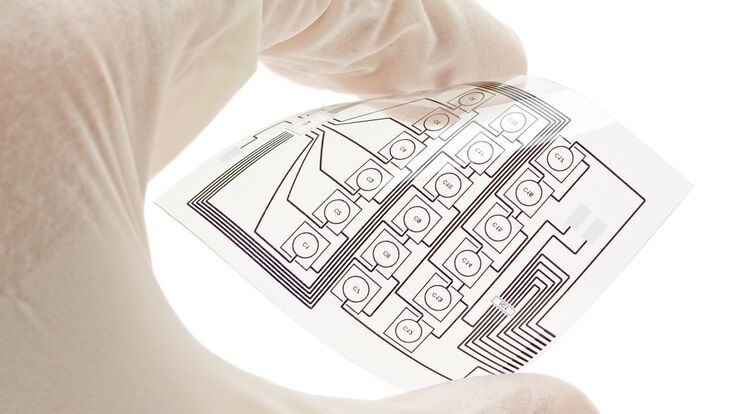Legislative developments are ongoing and these articles are for information and also the opportunity to comment as appropriate.

Australia – New consultation open: All-gender sanitary facilities
The Australian Building Codes Board (ABCB) has released a consultation on the potential inclusion of all-gender sanitary facility provisions in the National Construction Code (NCC). We want to hear if, and how, the suggested changes will impact your work.
The consultation will be open from 8 May until 1 July 2024. All stakeholders are invited and encouraged to participate in the consultation.
What are the changes? – The suggested changes are:
- A voluntary deemed-to-satisfy pathway in Section F, F4 Sanitary and Other Facilities
- Replacing and consistently using ‘gender’ instead of ‘sex’ and ‘accessible’ instead of ‘unisex’ throughout the NCC.
These changes will enable practitioners to provide all-gender facilities alongside male, female and accessible facilities, which will support a more inclusive and equitable society.
Read more about why these changes are important and how you can participate. The consultation is available on our Consultation Hub and will be open for feedback until 11:59 pm AEST 1 July 2024.
If you would like to view and provide comments on other proposed changes for NCC 2025, you can visit the PCD consultation. – Access the consultation
 New US and EU legislation set to impact the waste industry
New US and EU legislation set to impact the waste industry
“PFAS contamination presents both opportunities and challenges for the waste management industry”
The US EPA has presented new regulations to deal with PFAS contamination. Industry expert Ryan Moore, Program Director, PFAS Remediation at REGENESIS, talks about why PFAS are such a problem, how to treat them and the impact of the new regulation for the waste management industry.

Dutch researchers develop method to separate plastics from e-waste
Printed electronics are virtually impossible to recycle. Up until now. Dutch tech research institute TNO claims to have developed a method to facilitate the disassembly of printed electronics and thus enable recycling.
From automotive parts to consumer electronics and medical devices, electronics are increasingly being integrated with plastics to form a seamless unit with the product. On the surface, this is a win-win situation, resulting in lighter, more aesthetically pleasing and cost-effective products.
But look closer and you will see that this integration makes recycling and repair more difficult. In this way, it works diametrically against the circularity of products.
Researchers around the world are trying to find solutions to this problem. A new disassembly method that allows electronics to be removed from the carrier at the end of a product’s life, thus enabling recycling and repair, has now been developed by the Dutch technology research institute TNO. According to the researchers, this innovation contributes to future efficiency and cost savings in business, while reducing CO2 emissions and electronic waste. Initial research has recently been published in the Journal of Cleaner Production.

New recycling and composting legislation promotes sustainability
In March two pieces of bipartisan legislation focused on improving the recycling and composting systems in the US passed the Senate. Stakeholders welcome the Recycling and Composting Accountability Act and the Recycling Infrastructure and Accessibility Act as important to drive sustainability and create new job opportunities within the waste management industry.
 Service lifts in offshore and onshore wind turbines
Service lifts in offshore and onshore wind turbines
HSE has identified that an absence of defined industry standards for the safe design of service lifts within wind turbines has resulted in discrepancies in the application of required safeguards by designers and manufacturers.
This is a potential risk to users. Hazards from the design, guarding, and positioning of controls should be identified and addressed by manufacturers or suppliers.
Duty holders who operate wind turbines, and employers of persons who operate or undertake maintenance activities on such wind turbines, should immediately check the design of gates, associated guarding, and the position of the external controls of lifts in use.
If existing guarding or the position of the external controls is inadequate, you should reposition controls and/or install sufficient guarding. You should either withdraw lifts from use or implement short term suitable control measures to mitigate risks until this work is complete.
AUTODESK CONSTRUCTION
2024 – The Building Safety Act: The New Reality
In April 2022, the Building Safety Act received Royal Assent. Two years on, with the laws fully in force, we’re seeing the realities of the new rules unfold.
We designed a white paper to help real estate owners, local authorities, educational authorities, landlords and construction organisations meet the requirements of the Building Safety Act in the UK, while gaining meaningful benefits for their wider organisations.
Download our white paper to find out the implications of the regulations, best practices, and new workflows and technologies available.
